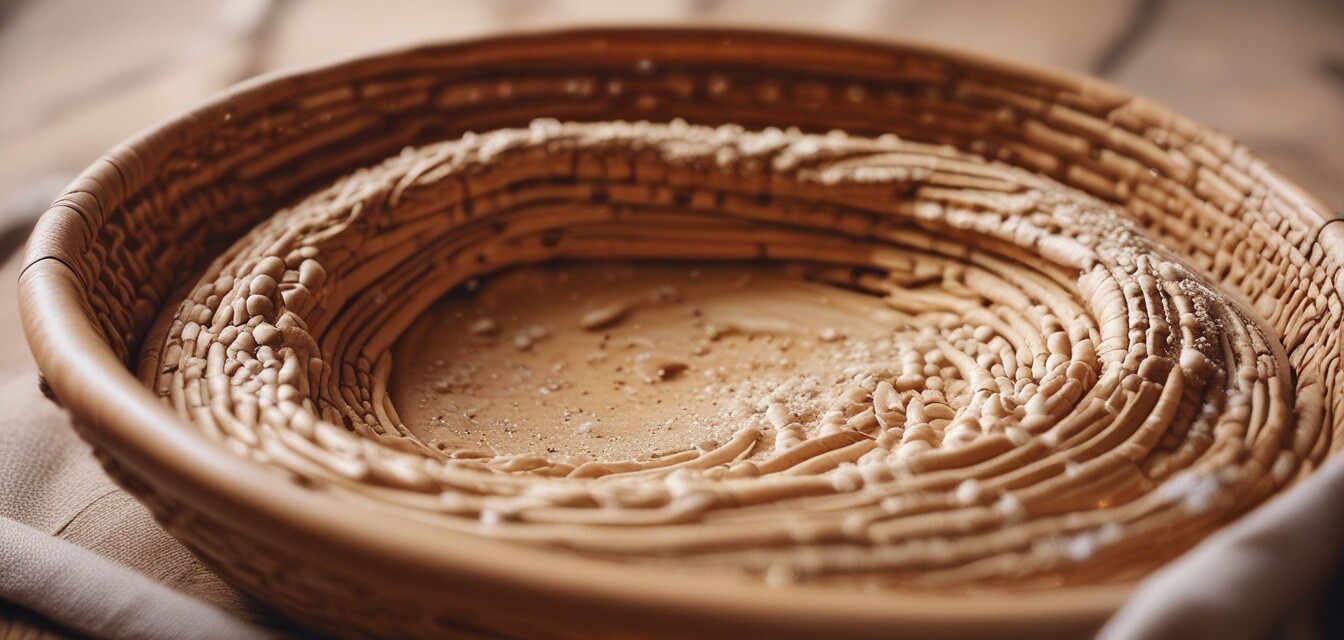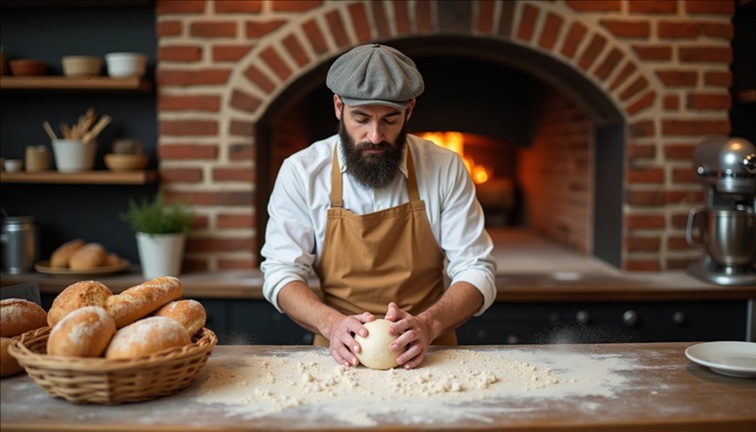
The Ultimate Buying Guide for Proofing Baskets
- Understand the different types of proofing baskets available.
- Discover key features and materials to consider.
- Explore tips for selecting the right proofing basket for your needs.
- Get insights into maintaining your proofing basket.
- Consider best practices for using proofing baskets effectively.
Proofing baskets, also known as banneton, are essential tools for any artisan bread baker. They help in shaping and supporting the dough while it rises, ultimately improving the texture and crust of your bread. With numerous options on the market, choosing the right proofing basket can be a daunting task. This buying guide is here to help you navigate the options and find the perfect proofing basket for your baking needs.
Types of proofing baskets
Proofing baskets come in various shapes, sizes, and materials. Here’s a breakdown of the most common types:
| Type | Description | Best for |
|---|---|---|
| Round Rattan Baskets | Traditional proofing baskets made from natural rattan, often featuring woven patterns. | All types of bread, especially boules. |
| Oval Rattan Baskets | Created for more elongated loaves, providing support and shape during the final rise. | Batards and baguettes. |
| Plastic Baskets | Lightweight and easy to clean, these baskets are great for beginners. | Basic doughs and home bakers. |
| Baking Basket Liners | Used with proofing baskets to prevent sticking and provide easy cleanup. | Any type of bread or dough. |
Key features to look for when purchasing
When shopping for proofing baskets, there are several important features to consider:
- Material: Rattan offers natural breathability, while plastic is easy to maintain.
- Size: Choose a size that matches your dough quantity for ideal shaping.
- Shape: Select between round and oval to align with your baking preferences.
- Textured vs. Smooth: Textured baskets provide better grip on rising dough.
Maintenance and care tips for your proofing basket
To ensure your proofing basket lasts for years, here are some maintenance tips:
- Always dust the basket with flour before placing dough inside to prevent sticking.
- After use, allow the basket to air out to prevent moisture buildup.
- Clean rattan baskets with a dry brush; avoid soaking in water as it can warp the material.
- If using plastic baskets, they can usually be washed with soap and water.
Best practices for using proofing baskets
Maximize your proofing basket’s effectiveness with these practical tips:
- Pre-shape your dough before placing it in the basket for better structure.
- Cover the dough with a clean kitchen towel to retain moisture during proofing.
- Experiment with different types of flour for dusting the basket to find the best results.
Pros
- Provides structure for rising dough.
- Improves bread texture and crust quality.
- Available in various sizes and shapes to suit different loaf types.
- Allows for easy handling of dough during baking.
Cons
- Can be challenging for beginners to use effectively.
- Requires care & maintenance to extend lifespan.
- Some materials may not be dishwasher safe.
Final thoughts on proofing baskets
Choosing the right proofing basket is crucial for achieving great results in your artisan bread baking. With this guide, you can confidently select a basket that meets your needs and enhances your baking experience. For more useful information on the various tools you may need, check out our guides on proofing baskets, baking stones, and dough mixers. Happy baking!
